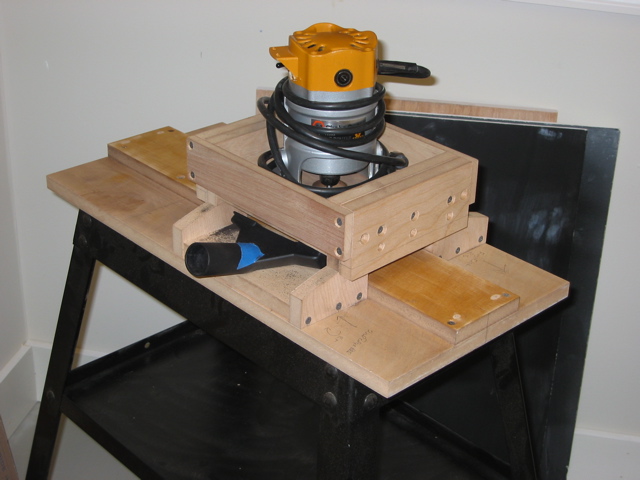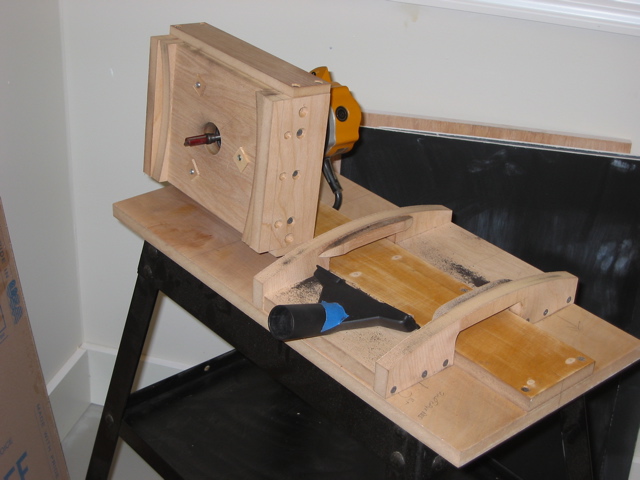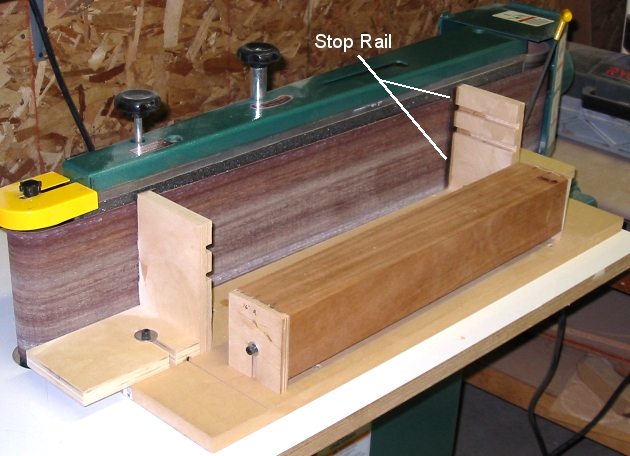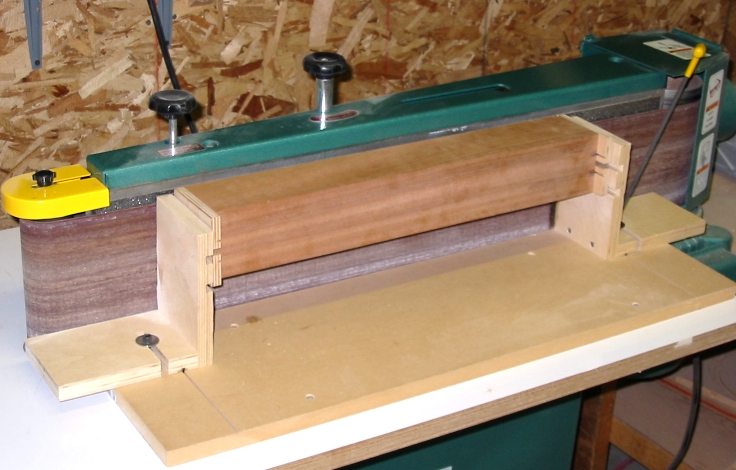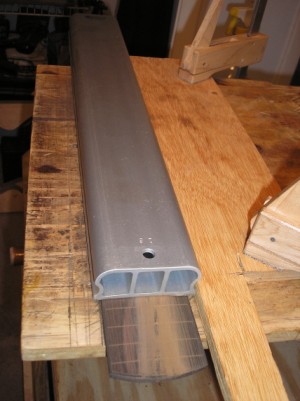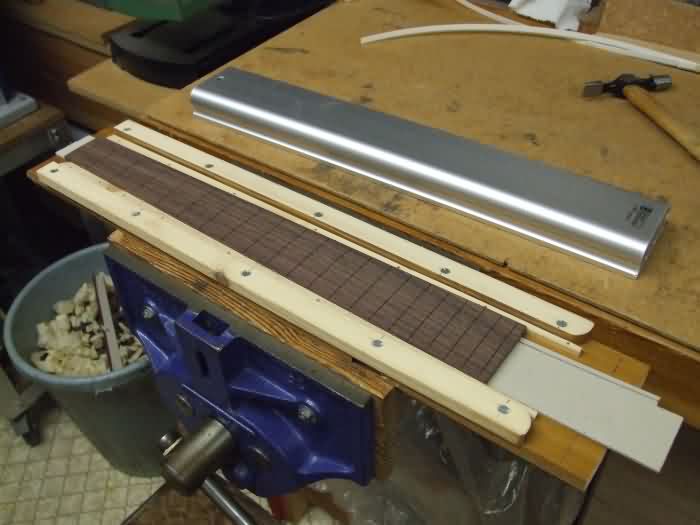Same as JJ, not surprising really as it was him I copied!

HERE is a supplementary to JJ thread on Rick Micheletti's jig. I have done a few boards with mine now and found it to be excellent for any number of various radii. It is fast, easy to use and simple set up. But like any jig, take your time when putting it together as it will only ever be as accurate as it's construction, build in an error and it will transfer to your workpiece, every time.
Cheers
Kim
